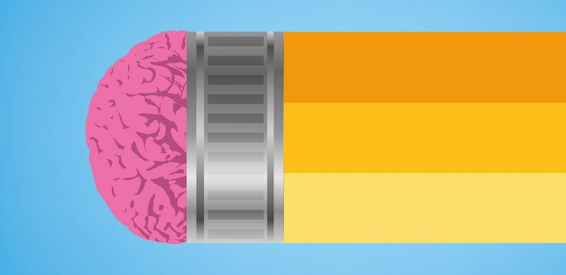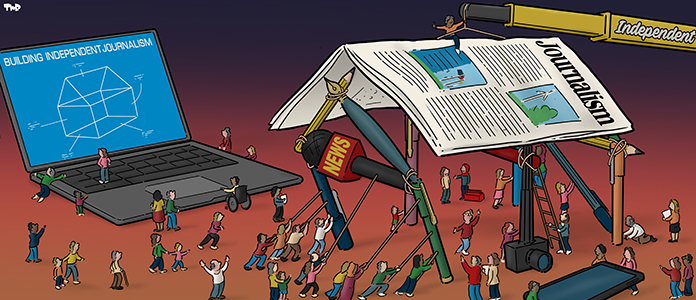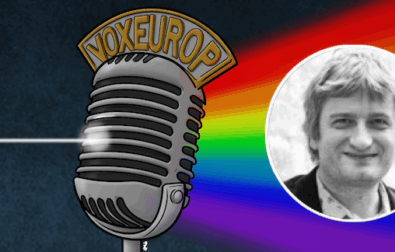For people in some parts of Europe, recent years have sorely tested their patience. What seemed like a deep-seated tolerance of their governments – of corruption, of nepotism, of authoritarianism, and of creeping rapprochement with the Kremlin – has finally given way to anger. In recent days, hundreds of thousands of people have taken to the streets in Serbia, in Hungary and in Romania, while dogged protests continue in Georgia. Their common theme: a rejection of the authorities.
In Belgrade, more than 300,000 people marched on 15 March to protest against the government and President Aleksandar Vučić (caricatured in Corax's cartoon). The demo, the largest in the country's history, was focused on the issue of corruption. The Serbian government is held responsible for the deaths of 15 people in the collapse of a canopy at Novi Sad station in November 2024. On the same day, in Budapest, more than 50,000 people took part in a public meeting of the opposition party Tisza, led by Péter Magyar. Their anger was directed against the stranglehold of Prime Minister Viktor Orbán on Hungary, and his efforts to subjugate the media and civil society.
Also on 15 March, several thousand people protested in Bucharest at the behest of the association EuRoManifest. Their aim? To express their support for the European Union and its values, and to condemn Moscow's interference in Romania's politics and elections. Similar themes underlay a demo organized by Italy's center-left newspaper La Repubblica in Rome, which attracted 50,000 people, and those that have gone on every day since 28 October in Tbilisi and several other cities in Georgia.
Do you like our work?
Help multilingual European journalism to thrive, without ads or paywalls. Your one-off or regular support will keep our newsroom independent. Thank you!













Join the discussion
Become a member to translate comments and participate